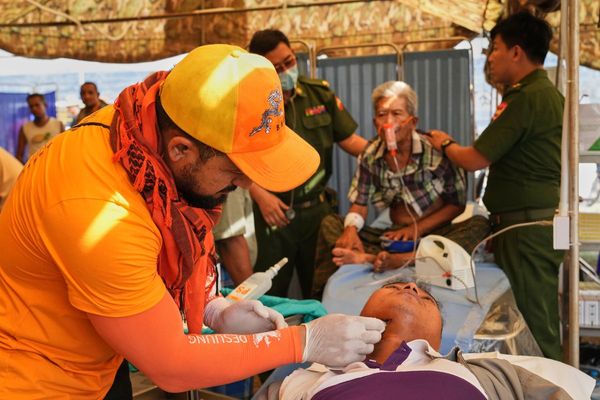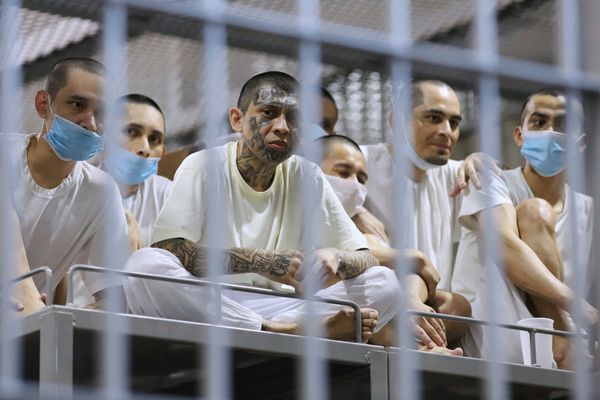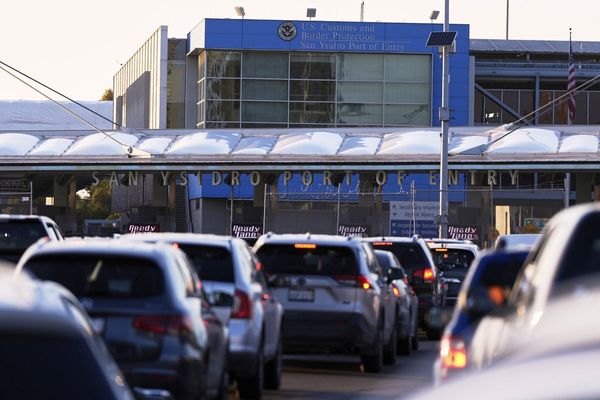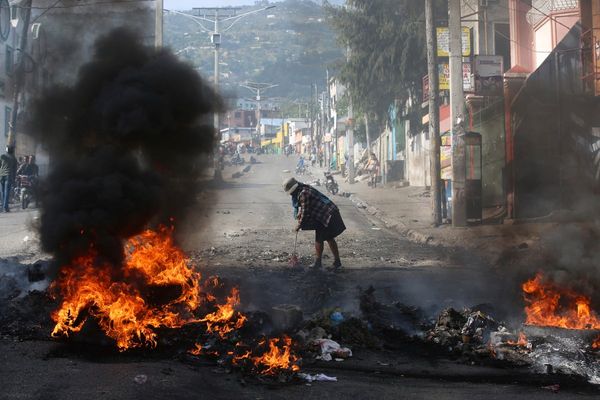
An investigation of imagery posted on social media concludes that in the month of June alone the Taliban has captured a staggering 700 trucks and Humvees from the Afghan security forces as well as dozens of armored vehicles and artillery systems.
Those shocking numbers reflect that local defense forces in some districts are evaporating in the face of Taliban pressure—sometimes without a fight, due in part to the perception that the government is doomed due to the imminent U.S. withdrawal from Afghanistan later this year.
And that in turn implies huge volumes of military equipment donated or sold to Afghanistan to help it fight the Taliban may instead continue pouring into that very group’s hands.
Summing up the Damage
The tally come from a open-source investigative report published at the Oryx blog by Stijn Mitzer and Joost Oliemans. The continuously updated talley has catalogued hundreds of photos posted online by the Taliban of destroyed or captured Afghan military equipment. The blog was earlier distinguished for its detailed open-source investigation on equipment losses in the 2020 Nagorno-Karabakh conflict.
As of the evening of June 30, the study found evidence of 715 light vehicles falling into Taliban hands, with another 65 destroyed. Obviously, there are likely many more lost vehicles that gave gone uncounted due to not being recorded in photos or videos.
The confirmed vehicle losses notably include:
- 270 Ford Ranger light trucks
- 141 Navistar International 7000 medium trucks
- 329 M1151 and cargo-bed configured M1152 Humvees. These variants feature enhanced armor protection and more powerful engines.
- 21 Oshkosh ATV mine-resistant armor-protected vehicles
For context, in 2018 the Afghanistan’s’ armed forces reportedly operated 26,000 vehicles including 13,000 Humvees of various marks, while Mitzer writes that a total of 25,000 Humvees have been transferred to Afghanistan by 2021. During periods of intensified fighting, the Afghan government typically lost 100 Humvees a week.

If the Taliban can source the necessary fuel, its growing vehicle inventory could improve the group’s operational mobility, ie. its ability to mass forces across Afghanistan. The vehicles may also serve as carriers for heavy support weapons such as mortars, heavy machineguns and recoilless rifles. The Taliban has also used captured Humvees to infiltrate government perimeters to mount deadly suicide bombings.
Armored vehicles losses include a handful of old M113 APCs and Soviet tanks—but also 27 fifteen-ton M1117 armored cars armed with a machineguns and Mark 19 automatic grenade-launchers.

As for artillery, alongside thirteen shorter-range mortars, the Taliban notably captured seventeen 122-millimeter D-30 towed howitzers—the equivalent of an artillery battalion. The Cold War howitzers aren’t hi-tech weapons but they remain deadly and can bombard targets up to 9.6 miles away with conventional shells—a capability likely to be exploited in an urban siege scenario.
The Taliban also destroyed (but didn’t capture) three Mi-17 and one UH-60A transport helicopter in June.
That said, so far documented losses don’t appear to involve sensitive technologies that could compromise U.S. military capabilities or pose a major terrorist threat such as shoulder-launched surface-to-air missiles.
Back to the Fundamentalist Future in Afghanistan
Insurgencies that meet with sufficient success eventually attempt a risky transition to conventional warfare in which they tackle government forces head-on rather than relying on hit-and-run tactics.
That would be a familiar experience for the Taliban. Prior to the U.S. intervention late in 2001, the extremist group controlled the majority of Afghan territory, and possessed hundreds of armored vehicles and even an air force with jet fighters and transport aircraft, many flown by captive pilots made to serve under duress.

Supported by Pakistan’s Inter-Services Intelligence (ISI) agency, the Taliban was gradually prevailing in a protracted civil war with the opposing Northern Alliance. But after the 9/11 attacks the Taliban’s heavy weapons were swept away by U.S. bombing. The former de facto government went back to the hills and kept on fighting despite two decades of U.S. and Afghan military pressure.
When the U.S. reached an agreement with the Taliban in 2020, it notably did not involve the Afghan government—and despite a brief March ceasefire, the Taliban has generally carried on attacking government forces. The staggering equipment losses in June suggest that more and more Afghans are concluding that a Taliban military victory is inevitable. That could foretell the Taliban transitioning to a more conventional warfare oriented posture.
To be fair, Kabul could yet possibly reverse Taliban momentum in the war of perception. The Afghan military does have an improving combat aviation capability and an veteran core of special and quick reaction forces. And even should the Taliban eventually seize population centers, there are segments of Afghan society likely to continue resisting the Pashtun-dominated group, particularly amongst the Tajik and Hazara minorities heavily represented in the Northern Alliance of old.

Regional actors around Afghanistan—think China, India, Iran, Pakistan, Russia, Turkey and most Central Asian states—may also step into the void left by Washington, possibly fearing that a re-ascendant Taliban could inspire destabilizing Islamist extremist groups on their own soil or seeing an opportunity to cultivate more influence in the region.
Such assistance might secure the survival of the Afghan government or at least an anti-Taliban opposition, but seems unlikely to prevent the Taliban from remaining a powerful, if not dominant, actor in Afghan politics.
For now Kabul must seek to stem the bleeding of its inventory—not only to reverse mounting public perception of an inevitable Taliban victory following a U.S. departure, but to prevent its own arsenal from being turned against it.







